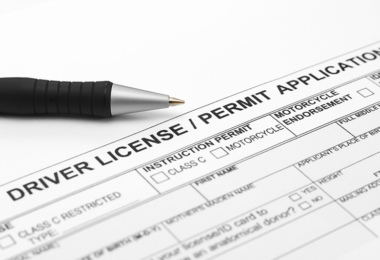Home / Modules / Components / License plate identifiers (decals) for initial license holders / Implementation activities
Implementation activities
- Gather teen crash data in which a teen violated a GDL law to better understand the magnitude and characteristics of GDL violators.
- Gather enforcement data on the number of charges and convictions for breaching GDL laws to better understand the magnitude and characteristics of GDL violations.
- Determine if there is any indication of increases in violations of GDL laws over time, and if there is, use these results to make the case for a decal law.
- Collect survey/focus group results with police officers regarding the enforcement of GDL laws and their opinions about license plate identifiers (decals) to determine the extent to which a decal law would facilitate enforcement and help police in ensuring GDL rules compliance.
- Conduct surveys of teens and parents on the level of self-reported compliance/non-compliance with GDL laws and about their opinions regarding a license plate identifier program (decals) and any perceived benefits (e.g., fewer crashes) and potential disadvantages (e.g., predators targeting teens).
- Anticipate, identify, and counter concerns that may arise from efforts to implement a decal law. New Jersey’s decal law has been highly controversial for a variety of reasons. For example, some claim that it discriminates against teenagers, and the most prominent concern is related to perceptions that decals encourage predators to target young drivers. While this claim was debunked in a report by the Attorney General, it did receive substantial media attention and led to attempts to overturn the law.
- Consult with New Jersey officials, who gained much experience about the various issues associated with it. This can help to determine how to best manage these concerns. Some insights might also be gained from officials in states were a decal law failed, and from other countries, particularly Australia, where license plate identifiers for learners and initial license holders have long been in place and are well-accepted.
- Identify and emphasize aspects of the decal law that are universally appealing such as the fact that they enable other motorists on the road to know they have encountered a beginning driver and to give them space. In this regard, some parents voluntarily place “New Driver” signs in the cars their teens drive to draw attention to this fact. New Jersey officials have combated the predator issue by publicizing that predators operate primarily over the Internet and not by tracking cars with a decal. In fact, 47% of survey respondents from state agencies responsible for teen driving laws supported a decal law for intermediate license drivers.9





